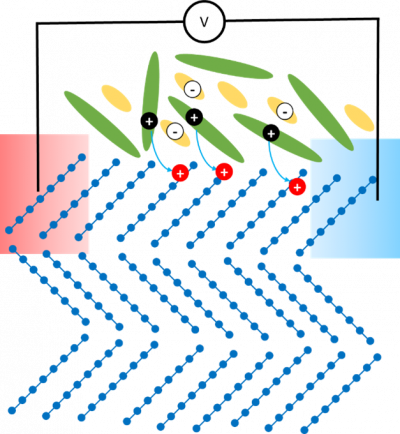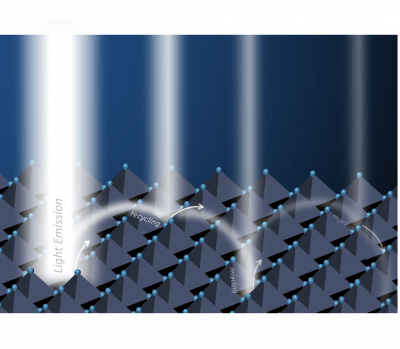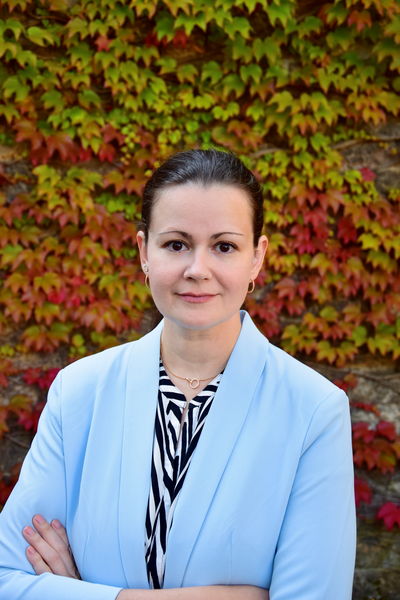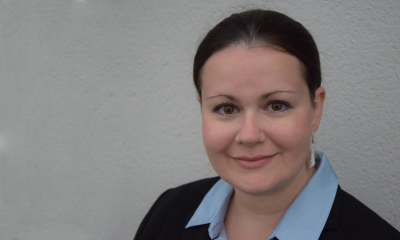News
Current updates and information about our group here.
Yana Vaynzof Takes Over Professorship for Novel Electronics Technologies
Read more … Yana Vaynzof Takes Over Professorship for Novel Electronics Technologies
A novel concept for photovoltaics - developed at TU Dresden
Published on

Read more … A novel concept for photovoltaics - developed at TU Dresden
Converting body heat into electricity: A step closer towards high-performance organic thermoelectrics
Published on

Photon Recycling: the Key to High-Efficiency Perovskite Solar Cells
Published on

Read more … Photon Recycling: the Key to High-Efficiency Perovskite Solar Cells
Perovskite Solar Cells Soar to New Heights
Lead Halide Perovskites – a Horse of a Different Color
Read more … Lead Halide Perovskites – a Horse of a Different Color
A General Approach to High-efficiency Perovskite Solar Cells
Published on

Read more … A General Approach to High-efficiency Perovskite Solar Cells
Ionic Defect Landscape in Perovskite Solar Cells Revealed
Published on

Read more … Ionic Defect Landscape in Perovskite Solar Cells Revealed
New publication: "Energy Transfer to a Stable Donor Suppresses Degradation in Organic Solar Cells"
Published on
Page 1 of 2







